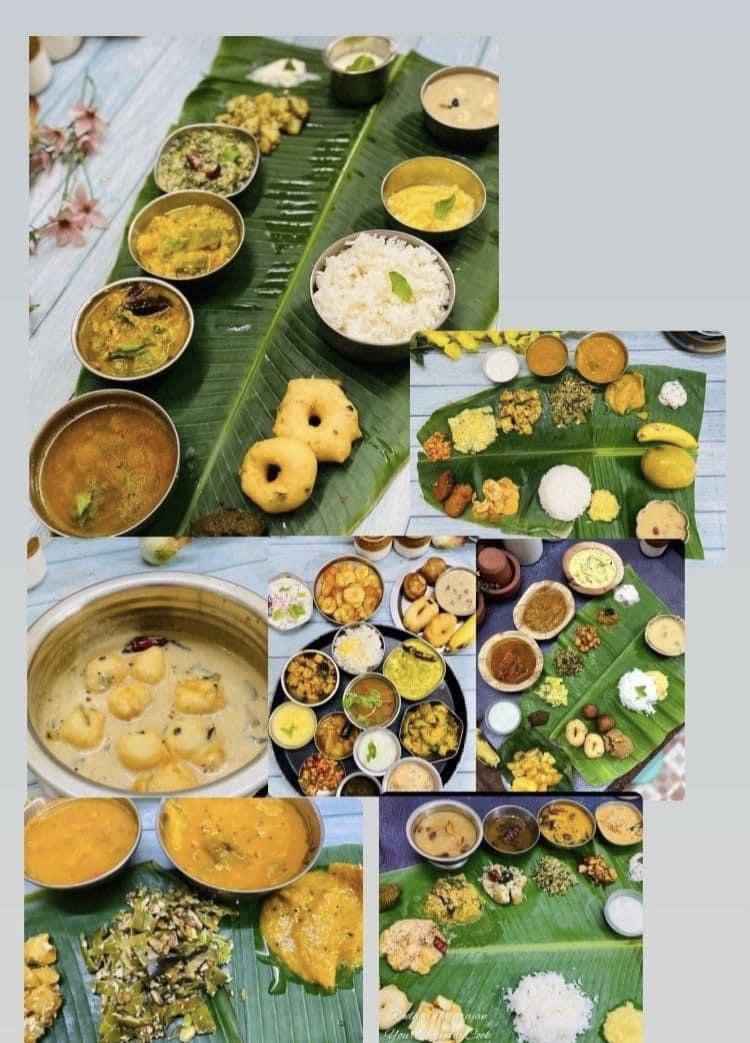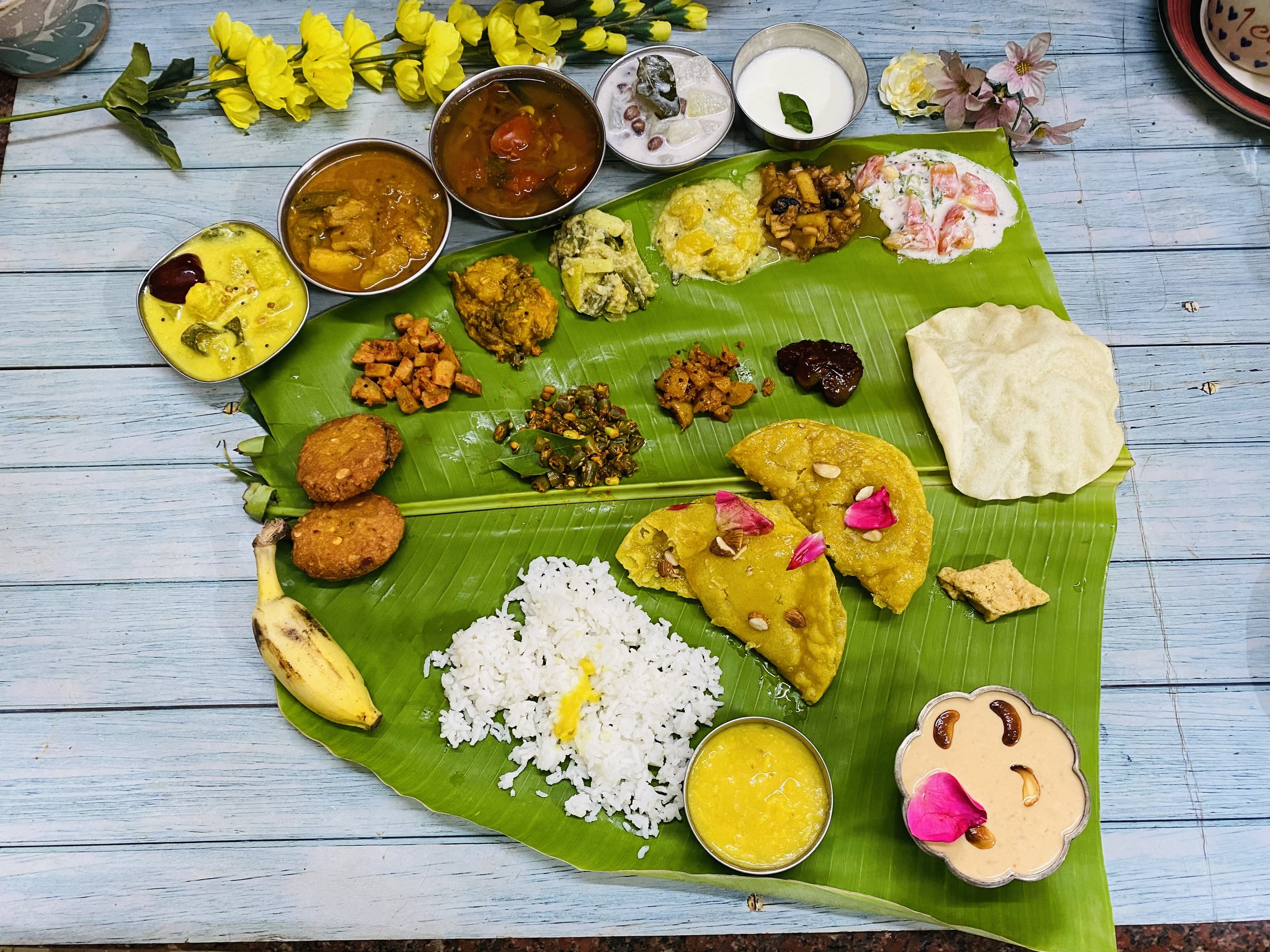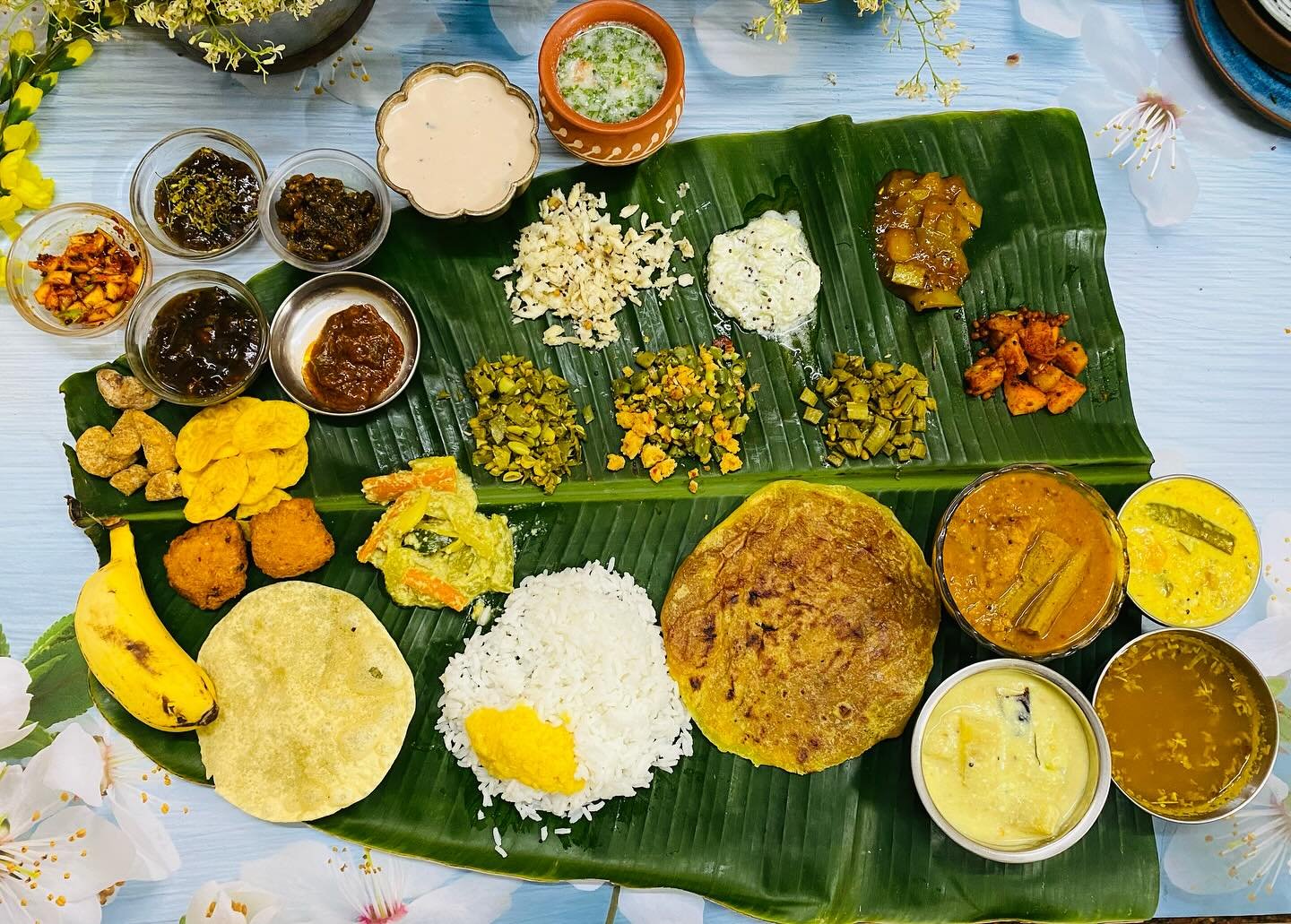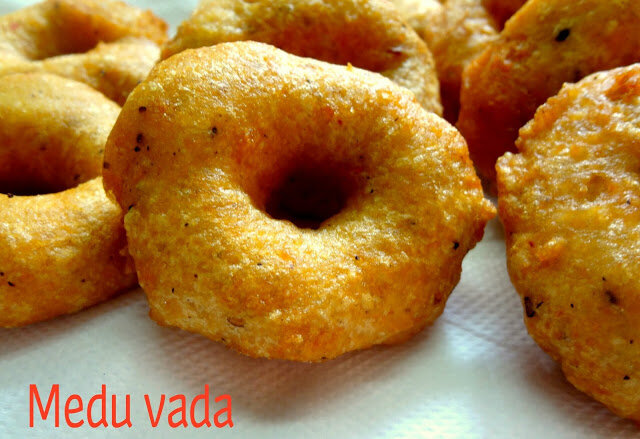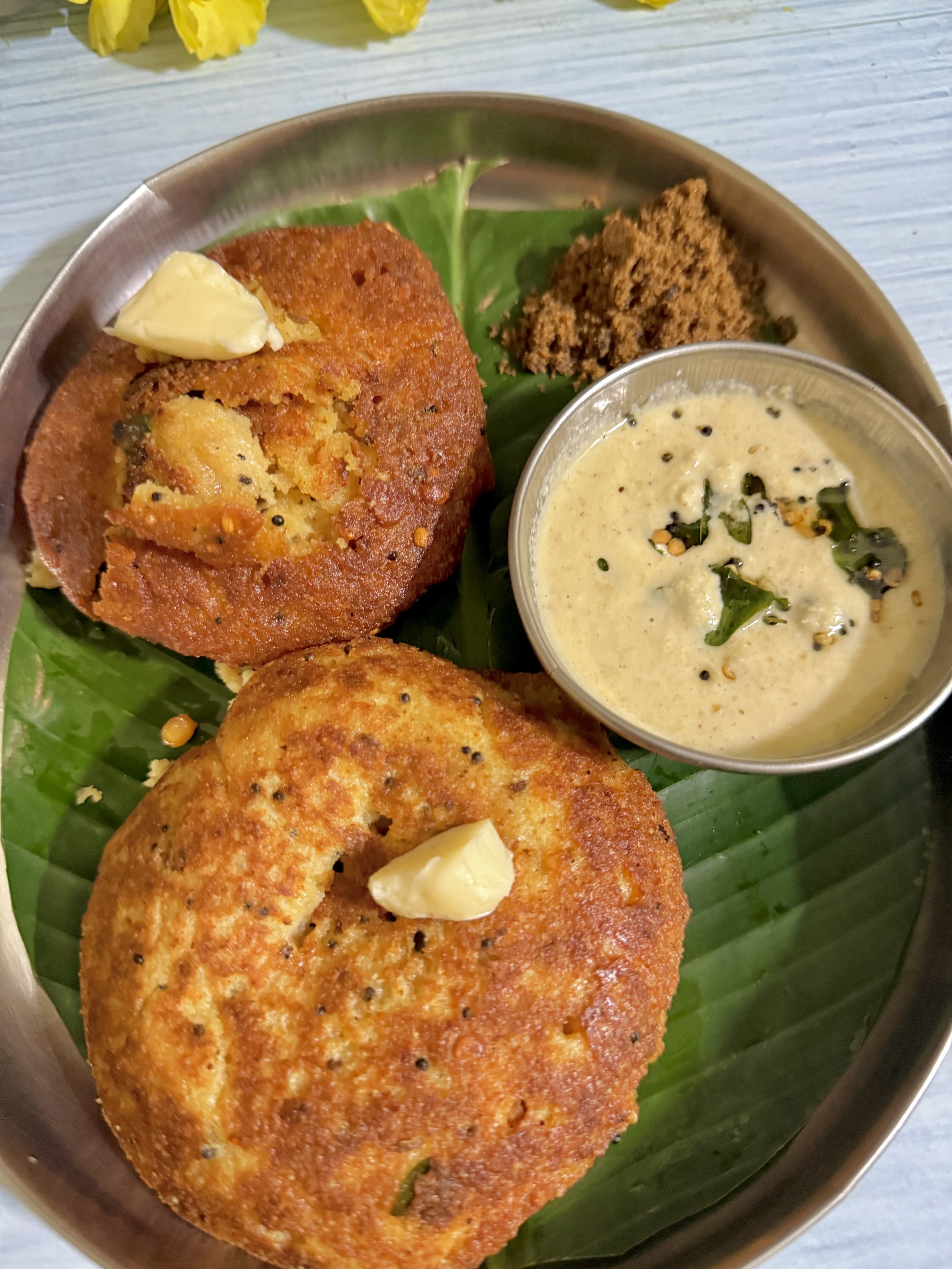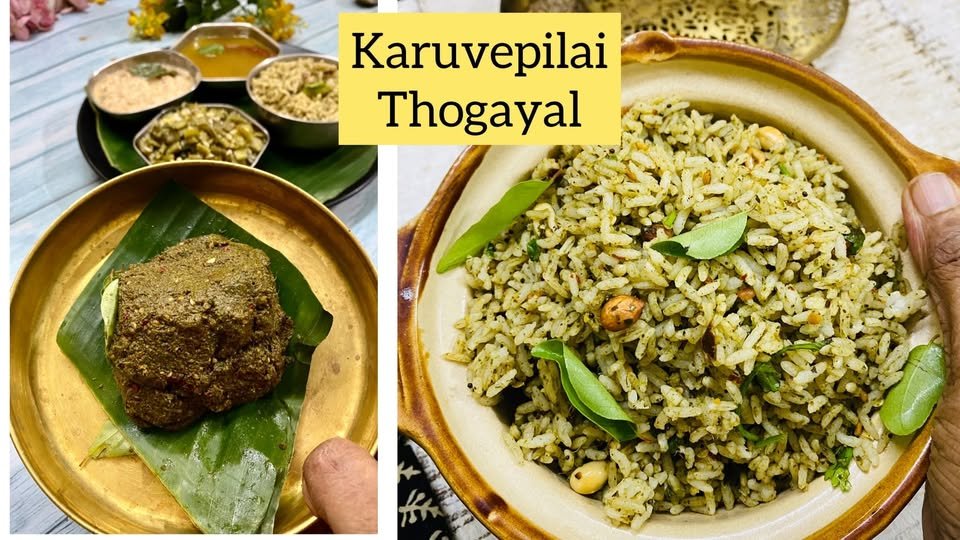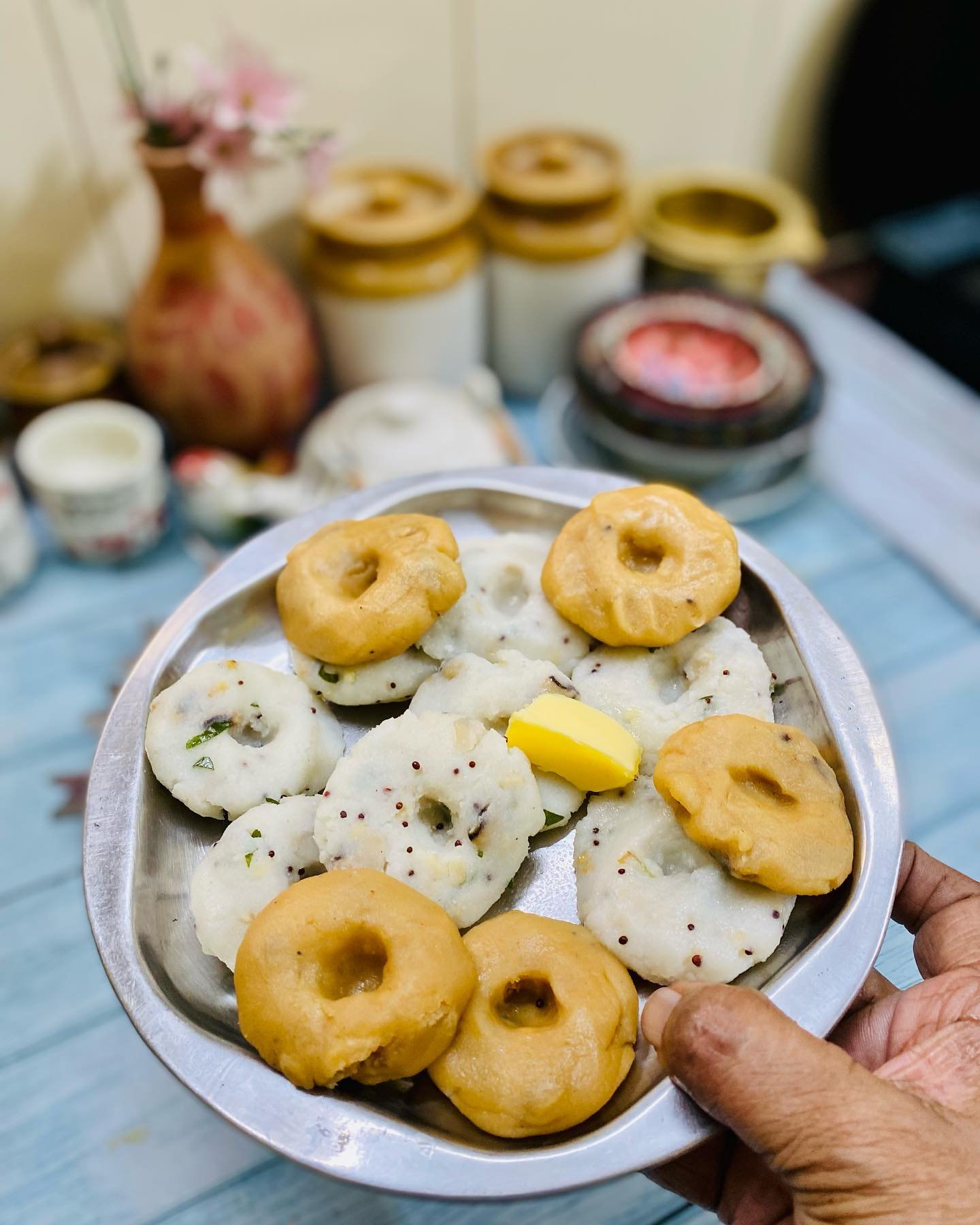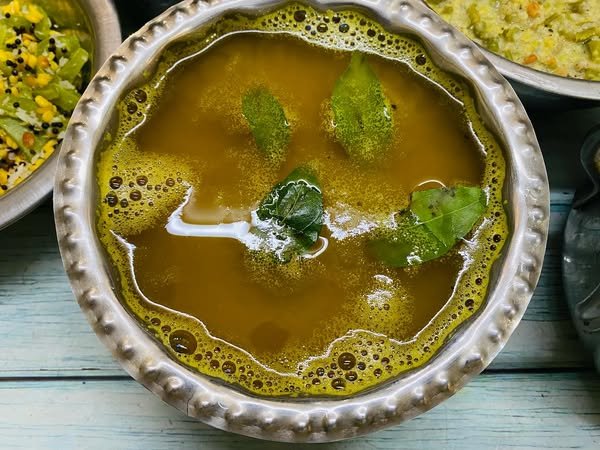Aamti
Amti, a beloved Maharashtrian dal, stands out for its straightforward yet utterly delightful flavors, making it a perfect everyday dish. My personal favorite is the Konkani Brahmin variant, which is distinctively prepared without onions or garlic. While traditional Amti recipes incorporate a variety of spices, with Goda masala being a pivotal ingredient in many Maharashtrian dishes, this particular Brahmin version is celebrated for its simplicity and minimalistic approach to ingredients, relying solely on green chillies for its gentle kick of spice. It’s this version’s uncomplicated nature that I find myself drawn to, preparing it frequently at home for its pure and comforting taste.
If you're on the lookout for new vegetarian and vegan dishes to enrich your diet, consider exploring the flavors of this enticing aamti recipe. The word "amti" itself connotes a tangy sensation, which perfectly describes the harmonious blend of spicy and sweet elements characterizing this dish. The sourness in aamti is derived from kokum, while its sweetness is attributed to jaggery, and its heat comes from the aromatic goda masala. This delectable meal is traditionally accompanied by jeera rice, making it an ideal choice for either lunch or dinner.
Amti is a quintessential Maharashtrian dal dish primarily prepared with toor dal, or pigeon pea lentils, marking it as a staple in the regional cuisine. What sets this aamti recipe apart from regular dal preparations is its distinctive balance of sour, spicy, and sweet tastes, a signature of Marathi culinary traditions.
Numerous Marathi techniques exist for crafting amti, allowing you to introduce various ingredients and make this dal uniquely yours. In certain parts of Western India, chefs opt for tamarind as a substitute for kokum, lending the dish its characteristic sweetness along with a tangy zest. While you might consider using sugar in place of jaggery, jaggery (or palm sugar when jaggery is unavailable) is recommended to maintain authenticity and depth of flavor. Incorporating freshly grated coconut into your dal is an optional step that can elevate the dish's texture and taste.
To achieve the perfect amti, consider pressure-cooking the dal until tender and then whisking it for a creamy consistency. The quantity of goda masala can be adjusted to suit your taste preferences for spiciness. Moreover, employing homemade ghee in your recipe can introduce an unparalleled layer of flavor, enriching the dish further.
Ingredients:
2 cups cooked mashed toor dal ( pigeon peas)
1 medium size tomato finely chopped.
2 tbsp freshly grated coconut
3-4 Kokum petals
3 green chillies finely slit
salt as needed
Some chopped coriander leaves.
Some curry leaves.
Pinch of asafoetida powder.
1/2 tsp mustard seeds for tempering.
1 tbsp powdered jaggery
Pinch of turmeric powder
1 tbsp oil
Method:
In a pan add some oil, let it heat up.
Add mustard seeds, let it crackle, add the green chillies, some curry leaves.
Add the chopped tomato pieces, grated fresh coconut.
Add the kokum pieces,
Add the asafoetida powder, salt, little water just enough to cook the tomaotes.
Now add the cooked mashed dal, and little more water to dilute a bit.
Let the dal mixture boil on a low flame till it gets infused with the spice from the green chillies.
Add the powdered jaggery and stir a bit.Remove from flame and add the coriander leaves for garnishing.
A most delicious fragrant dal is ready to be relished with rice.



